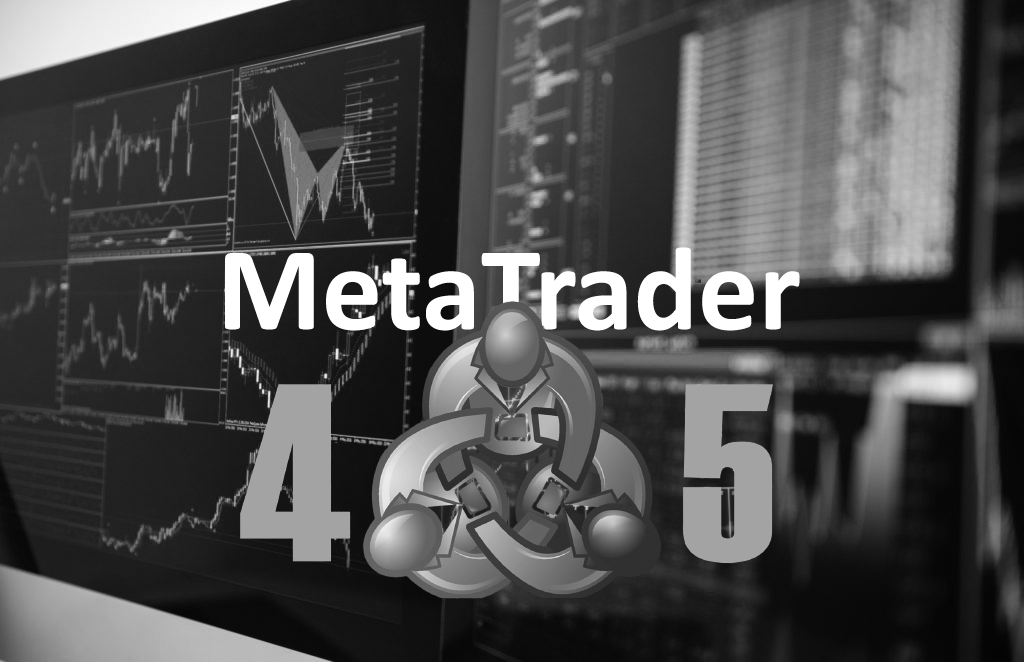
You don’t need to spend your own money on Forex right away. Most brokers have demo accounts, which will let you test out the Forex market with virtual money using real market data. Using a demo account is a good way to learn how to trade or test your strategy. You can practice by pressing the buttons and grasp everything much faster.









